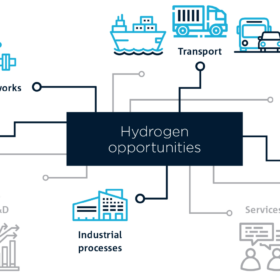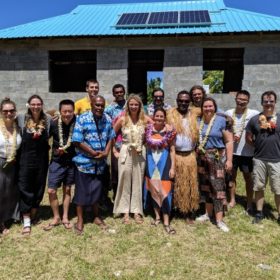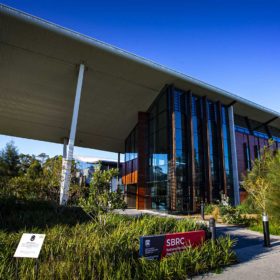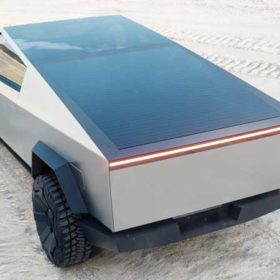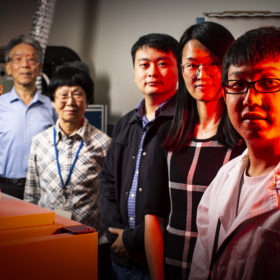CSIRO calls for more research to unlock $11 billion hydrogen potential
The national science agency, CSIRO, has mapped the critical research steps Australia must take to realise a potential 7600 jobs and $11 billion a year by 2050 from the burgeoning hydrogen industry.
UNSW students provide solar solutions to remote Fijian communities
University of New South Wales students have travelled to remote communities in Fiji in order to troubleshoot the challenges of renewable energy integration and come up with technical and design-based solutions to community needs.
Evergen goes to the people with crowdfunding campaign
Evergen is looking to boost its growth in Australia and expand overseas as it opens a major capital raising campaign to private and wholesale investors on VentureCrowd.
University of Wollongong sets benchmark for sustainable buildings in Australia
The University of Wollongong’s Sustainable Buildings Research Centre has become the first building in Australia to achieve full marks under the world’s toughest sustainability standard for buildings, the Living Building Challenge. With 468 solar panels to support net-zero energy, an onsite rainwater system to enable net-zero water performance, and use of environmentally safe and reused building materials, the building is a demonstration of the value of the research the SBRC team carries out.
Divide and conquer, Tesla’s electric Cybertruck breaks into ute-market
Tesla’s new electric ute, the Cybertruck, may not be the most beautiful of vehicles, but that doesn’t seem to have cost it any attention. The unveiling almost broke the Internet, and a couple windows really did break in the process.
Australian researchers achieve breakthrough for sodium-sulfur batteries
Researchers from the University of Wollongong have manufactured a nanomaterial that acts as a superior cathode for room-temperature sodium-sulfur batteries, making them a more attractive proposition for large-scale energy storage.
Green hydrogen to reach cost parity by 2030
Recent analysis from Wood Mackenzie predicts green hydrogen, produced primarily by solar electrolysis, will reach cost parity in Australia, Germany and Japan by 2030.
Orderly disorder: Cambridge scientists make surprising perovskite discovery
Researchers have made a finding they say could vastly simplify and reduce the production cost of perovskite solar cells. Working with mixed halide perovskites, the group found a disordered chemical composition can improve device efficiency.
Saving water with solar and wind
Scientists at Princeton have found solar and wind energy offer the added environmental benefit of reducing water usage, by comparison with hydroelectric dams. Their findings, say the researchers, could have a positive impact on groundwater sustainability in drought-prone regions such as California, where they conducted a case study.
Tritium expands to Europe and the U.S.
Brisbane-based Tritium is quickly becoming a world leader in EV charging technology as the company rapidly expands across Europe and the United States.
